MEDIEVAL SEATED 'AMBERFIELD' FIGURINE 12th century AD or earlier A bronze medieval or Anglo-Saxon figurine of a clean-shaven male in close-fitting cap, cowl and short-sleeved tunic; the right arm raised, the left hand lifting the hem of the tunic to expose the genitals; the cap and cowl decorated with small equal-arm cross, a T-shape and a Γ-shape. 53 grams, 52mm (2"). Fine condition; lower legs, hands and part of cap absent. Provenance Found on the site of a new housing development in Amberfield, Burgh-by-Sands, Carlisle, Cumbria, UK, in 1993 (Grid reference NY 328589). Published Recorded with the Carlisle museum services (item 191); accompanied by a print-out of the museum drawings and report. Literature Dickens, A., Mortimer, R. & Tipper, J. The Early Anglo-Saxon Settlement and Cemetery at Bloodmoor Hill, Carlton Colville, Suffolk, Anglo-Saxon Studies in Archaeology and History vol.13; Rolland, H. Bronzes Antiques de Haute Provence, Paris, 1965; Zarnecki, G., Holt, J. & Holland, T. English Romanesque Art 1066-1200, London, 1984. Footnotes The museum's brief report offers a range of dating possibilities without reaching any firm conclusion. The cap and hood have parallels in Romano-British imagery from the area, and the general execution of the piece is consistent with Roman period bronze figures. The distinctive headgear might be a Phrygian cap, identifying the figure as the god Mithras, who was widely worshipped by the Roman military. The mithraeum at Brocolita (Carrawburgh fort on Hadrian's Wall) was built about 200 AD and is about 40 miles (60 km) from the figure's findspot. An alternative identification would be with the god Priapus, who is sometimes depicted raising his tunic to reveal his genitals while carrying food in the folds of cloth (e.g. the example in the Museum Calvet d'Avignon, published in Rolland, item 136). An 8th-9th century Anglo-Saxon
MEDIEVAL SEATED 'AMBERFIELD' FIGURINE 12th century AD or earlier A bronze medieval or Anglo-Saxon figurine of a clean-shaven male in close-fitting cap, cowl and short-sleeved tunic; the right arm raised, the left hand lifting the hem of the tunic to expose the genitals; the cap and cowl decorated with small equal-arm cross, a T-shape and a Γ-shape. 53 grams, 52mm (2"). Fine condition; lower legs, hands and part of cap absent. Provenance Found on the site of a new housing development in Amberfield, Burgh-by-Sands, Carlisle, Cumbria, UK, in 1993 (Grid reference NY 328589). Published Recorded with the Carlisle museum services (item 191); accompanied by a print-out of the museum drawings and report. Literature Dickens, A., Mortimer, R. & Tipper, J. The Early Anglo-Saxon Settlement and Cemetery at Bloodmoor Hill, Carlton Colville, Suffolk, Anglo-Saxon Studies in Archaeology and History vol.13; Rolland, H. Bronzes Antiques de Haute Provence, Paris, 1965; Zarnecki, G., Holt, J. & Holland, T. English Romanesque Art 1066-1200, London, 1984. Footnotes The museum's brief report offers a range of dating possibilities without reaching any firm conclusion. The cap and hood have parallels in Romano-British imagery from the area, and the general execution of the piece is consistent with Roman period bronze figures. The distinctive headgear might be a Phrygian cap, identifying the figure as the god Mithras, who was widely worshipped by the Roman military. The mithraeum at Brocolita (Carrawburgh fort on Hadrian's Wall) was built about 200 AD and is about 40 miles (60 km) from the figure's findspot. An alternative identification would be with the god Priapus, who is sometimes depicted raising his tunic to reveal his genitals while carrying food in the folds of cloth (e.g. the example in the Museum Calvet d'Avignon, published in Rolland, item 136). An 8th-9th century Anglo-Saxon
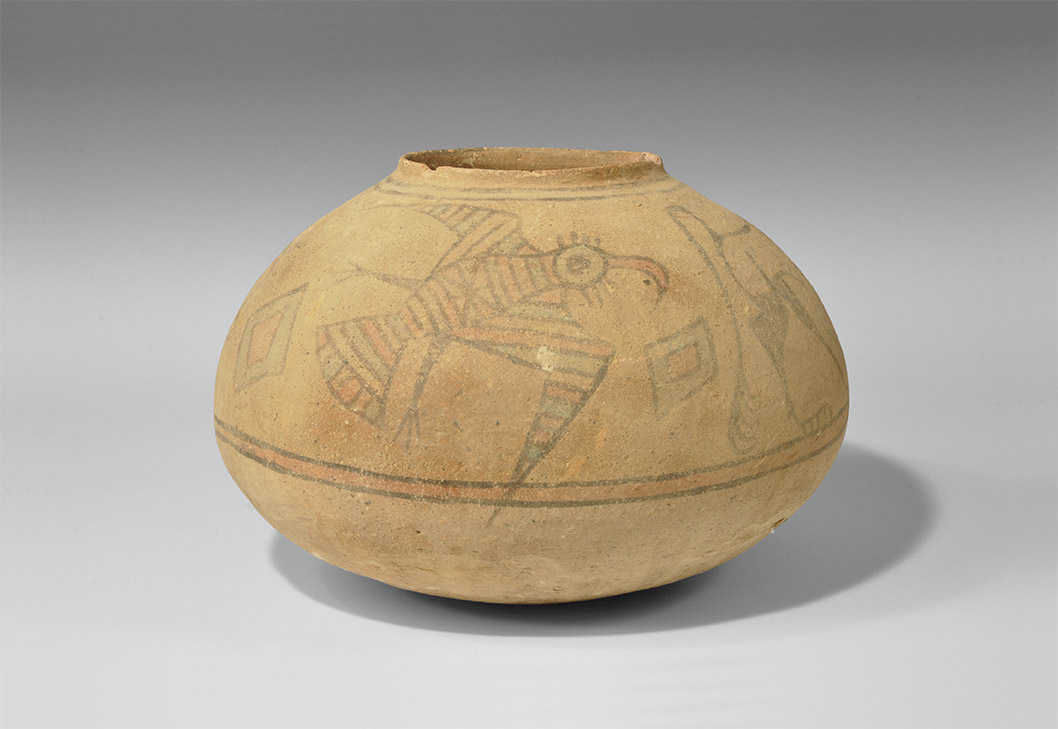
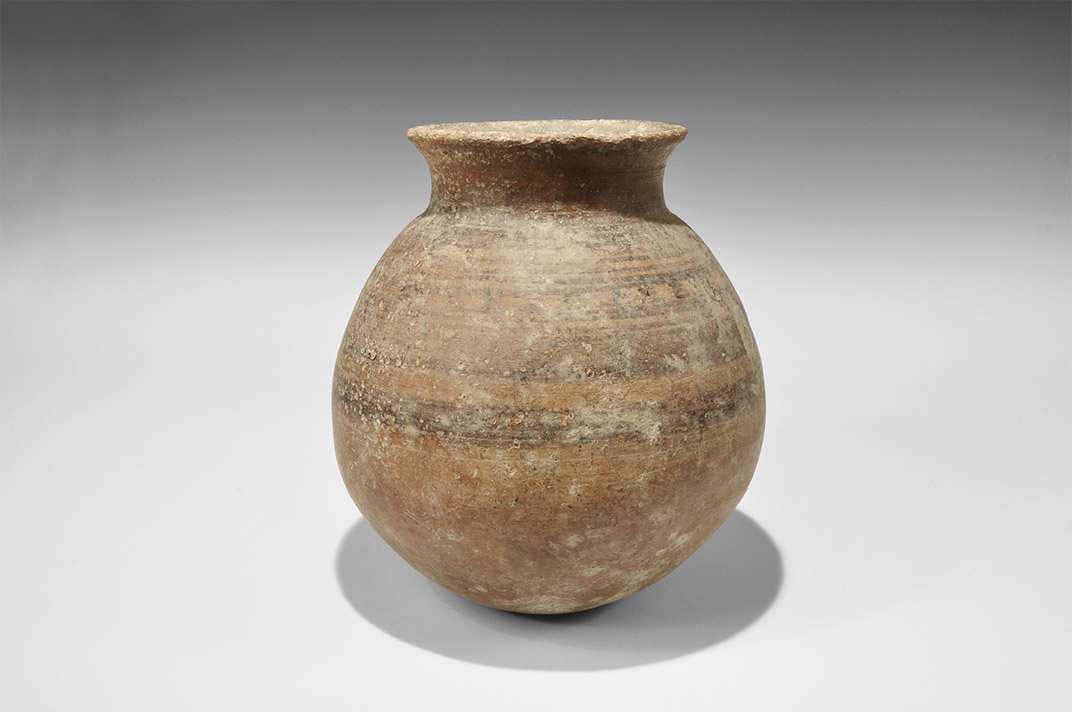
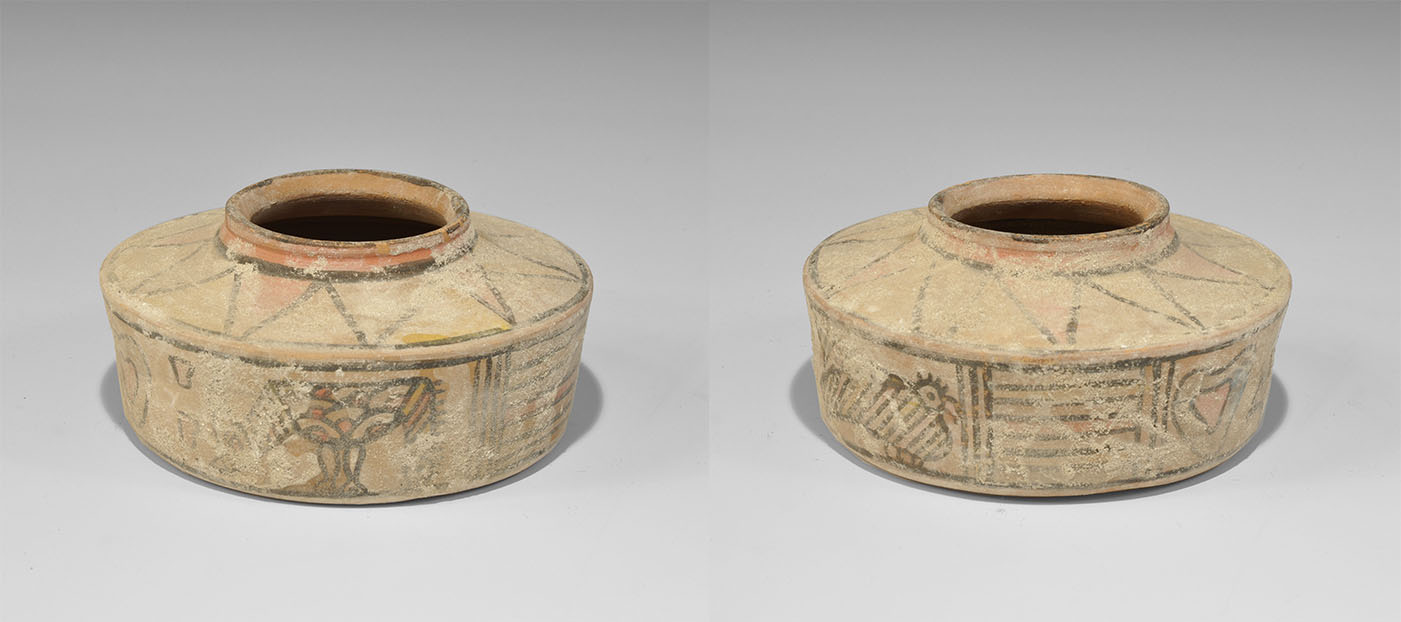
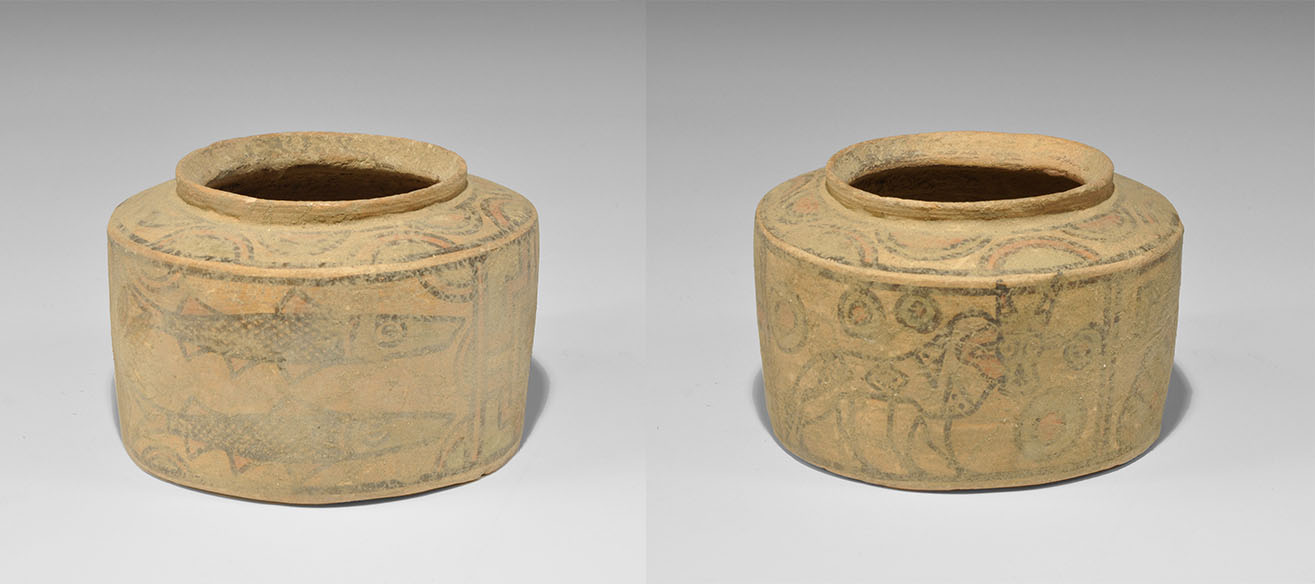
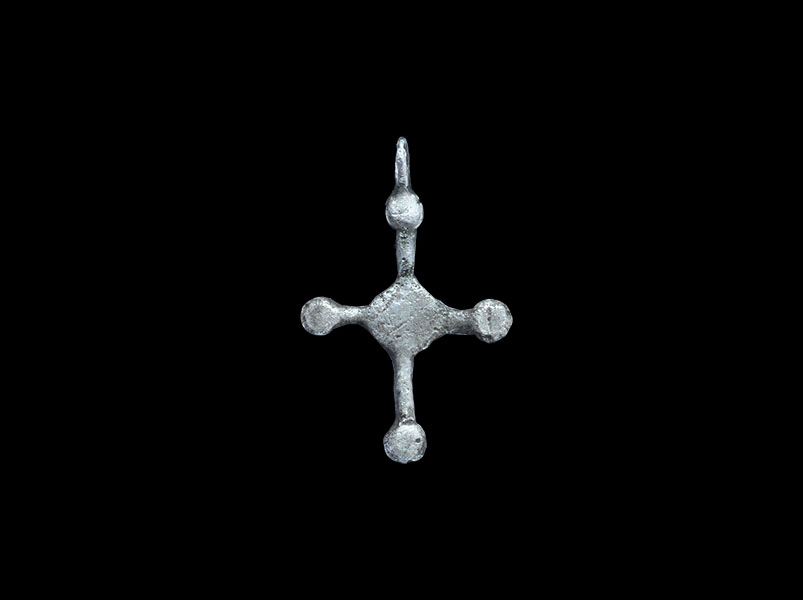
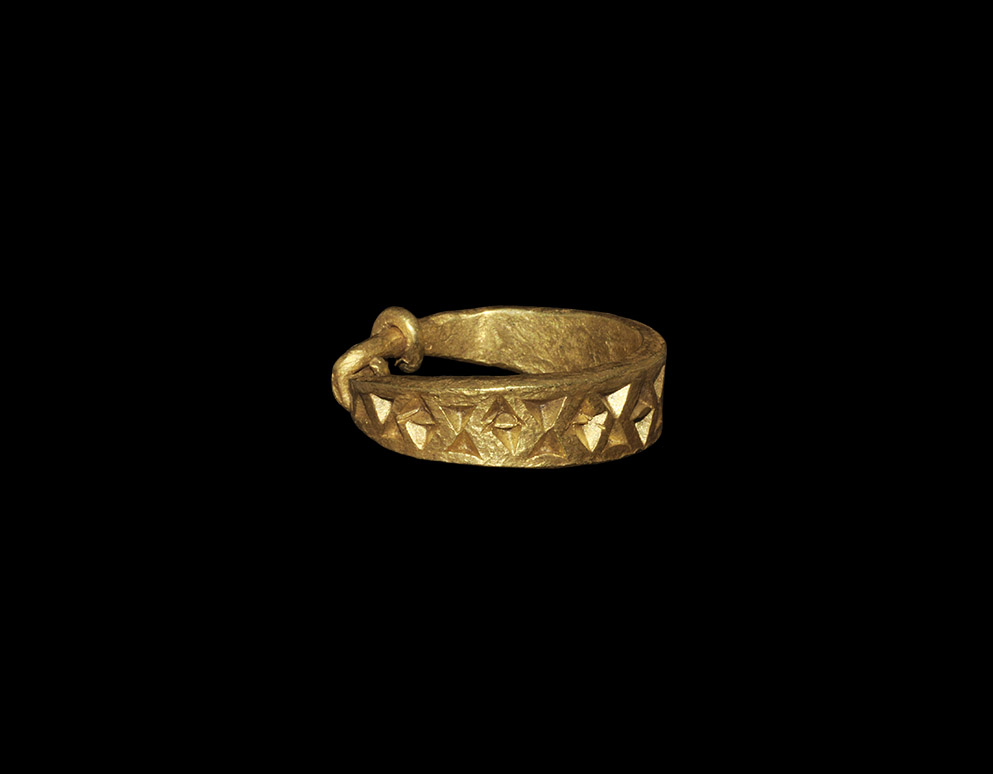
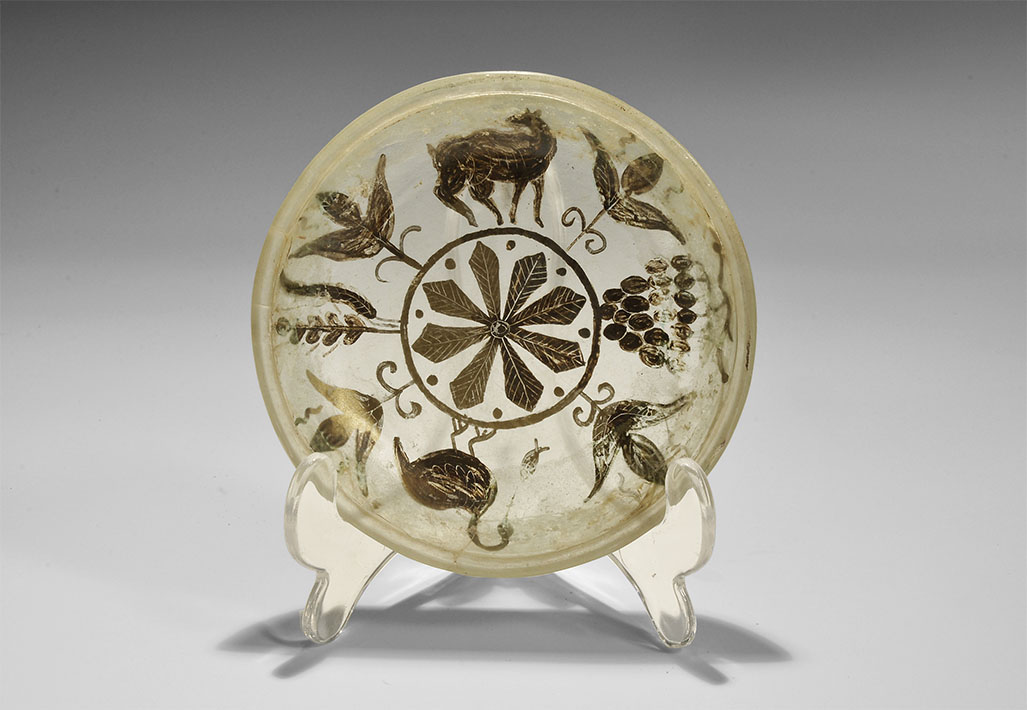
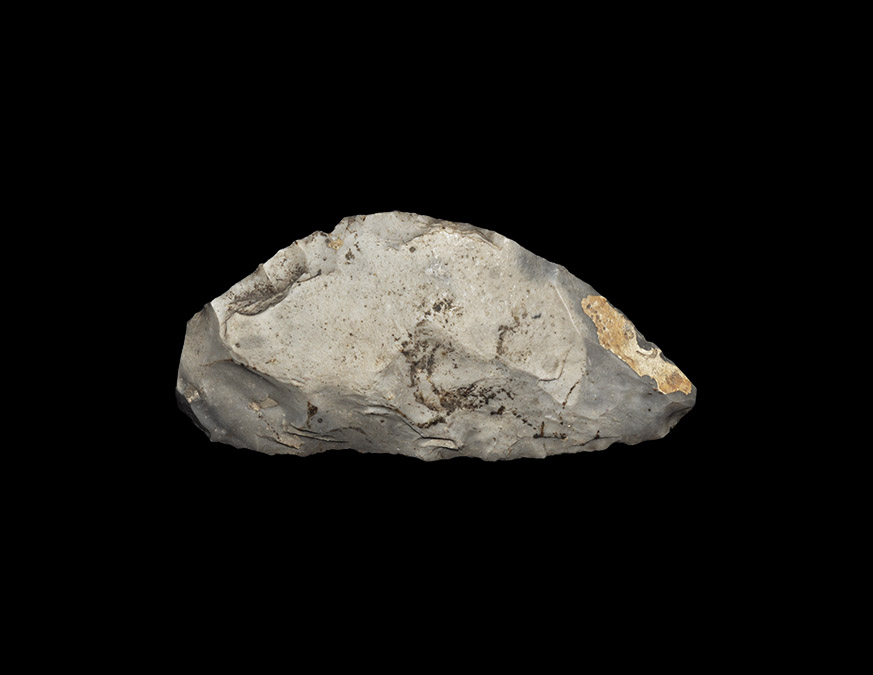
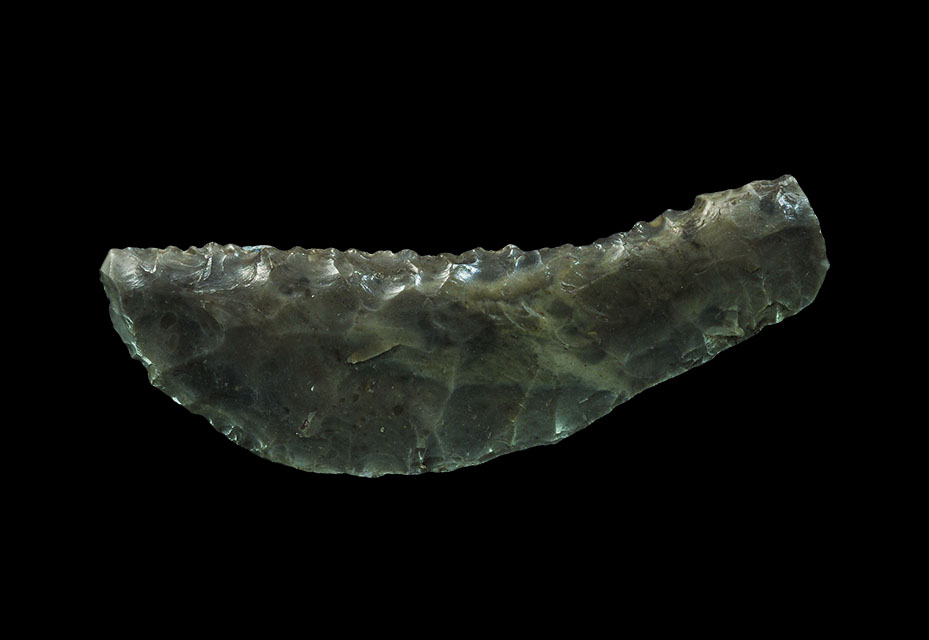
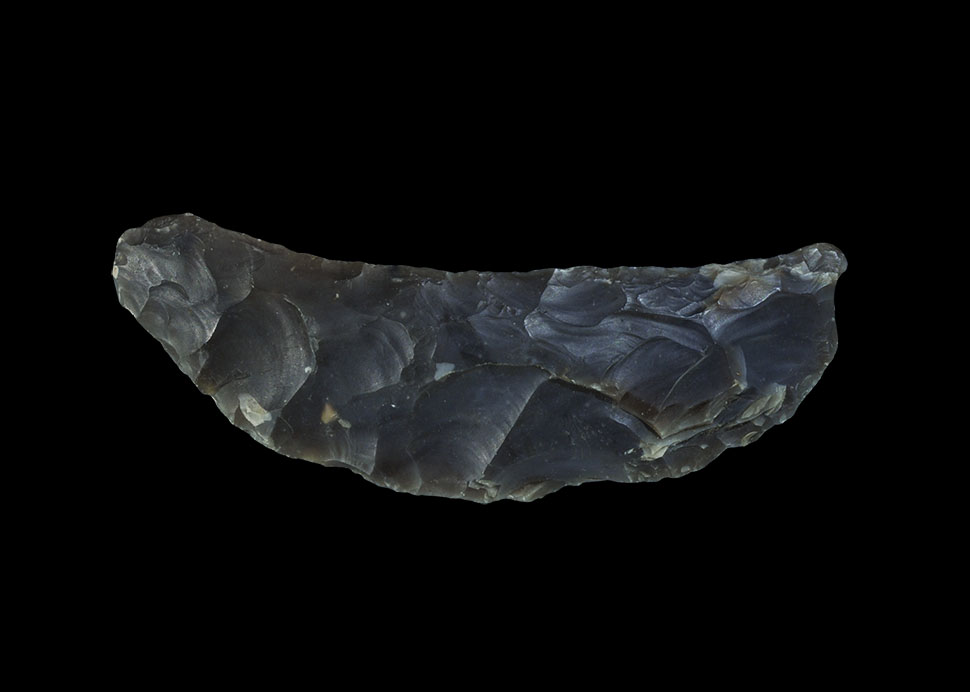
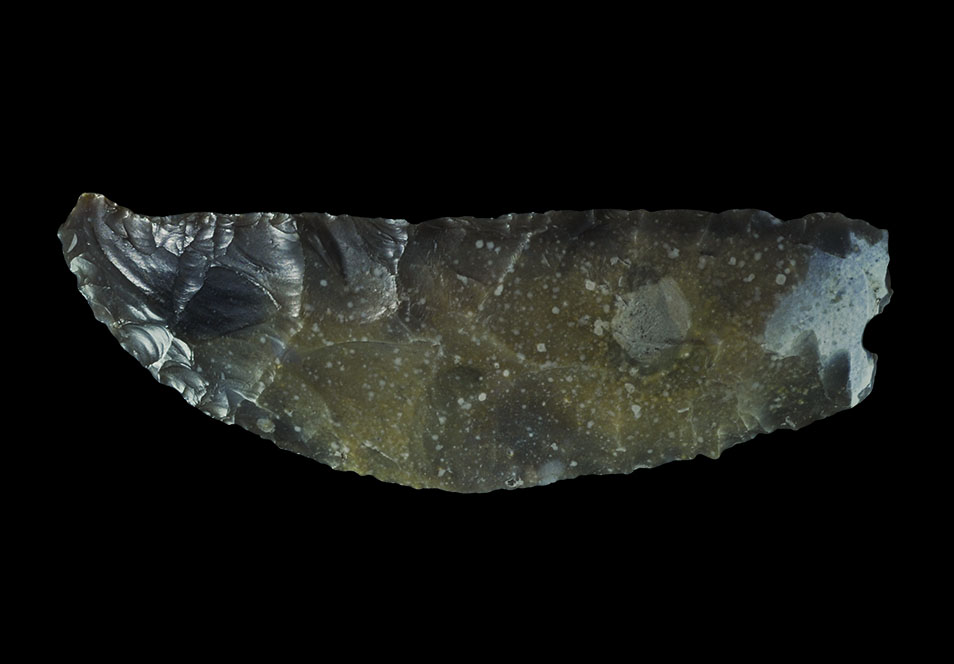
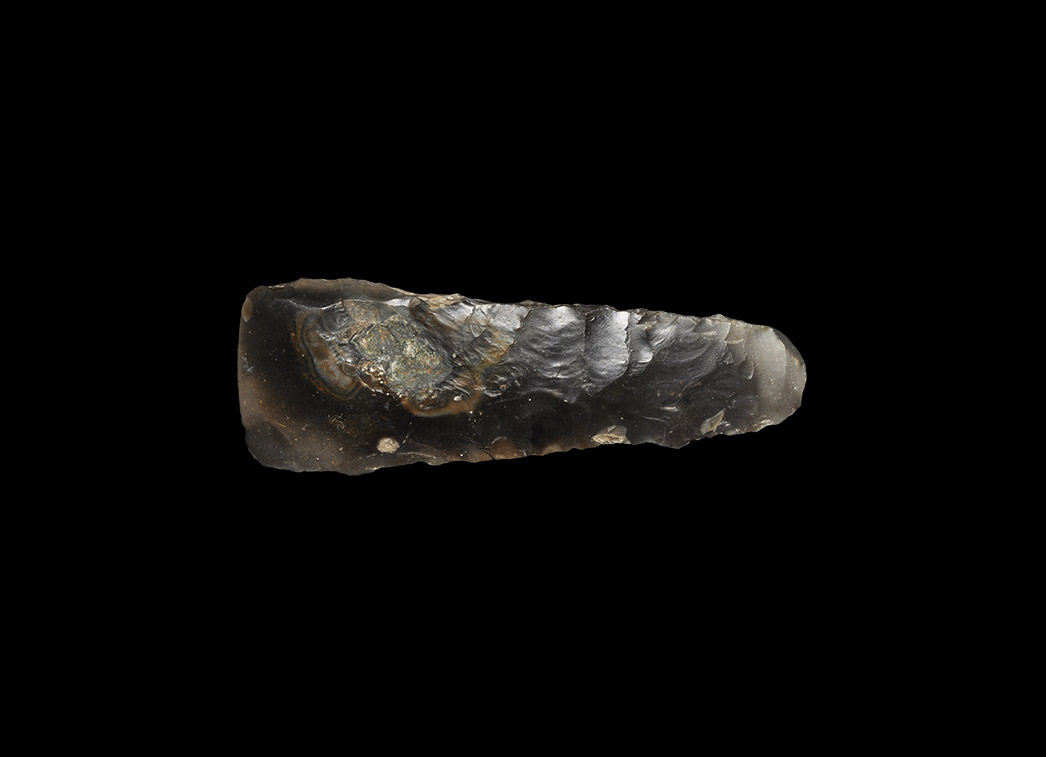
.jpg)
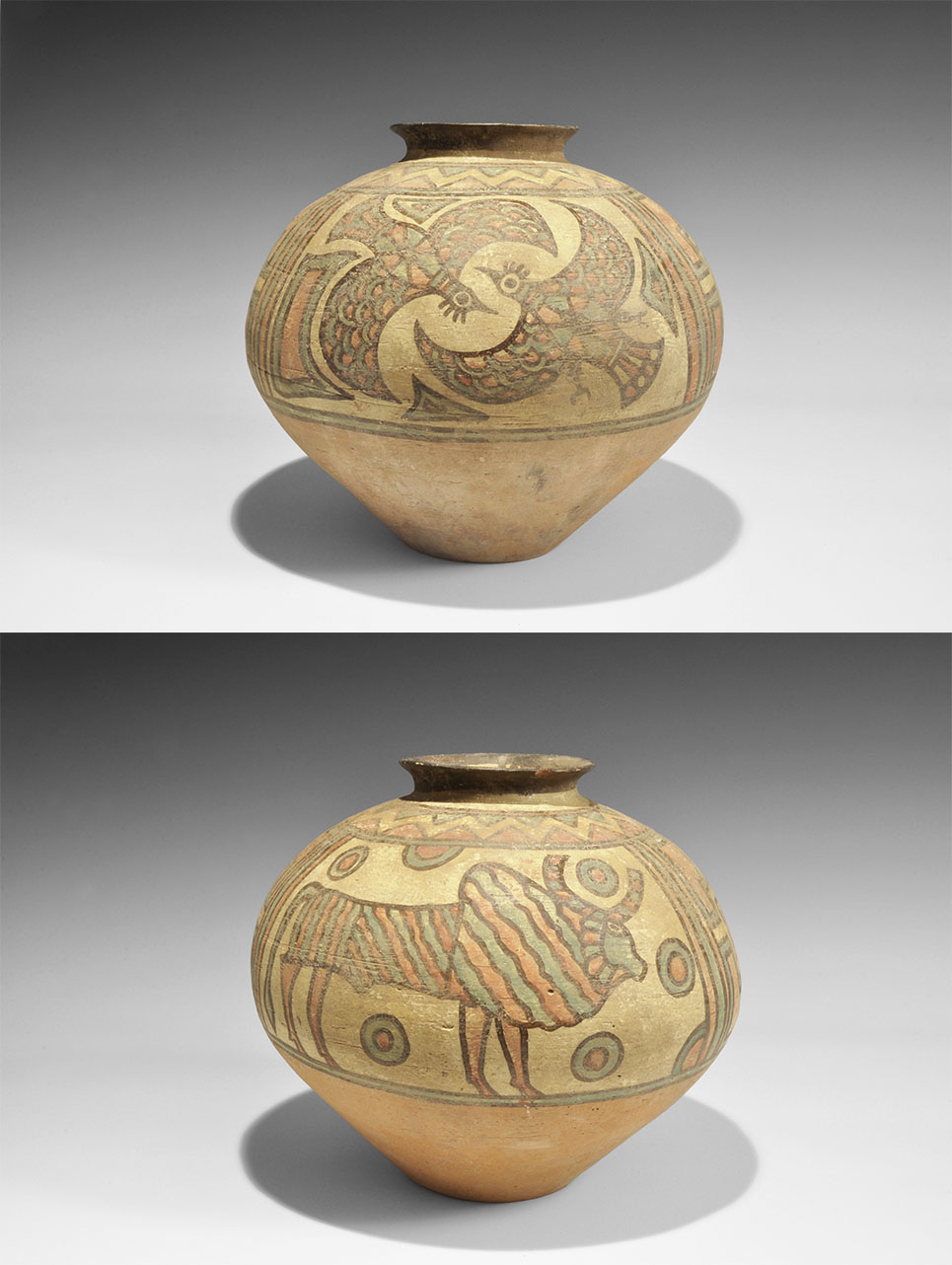
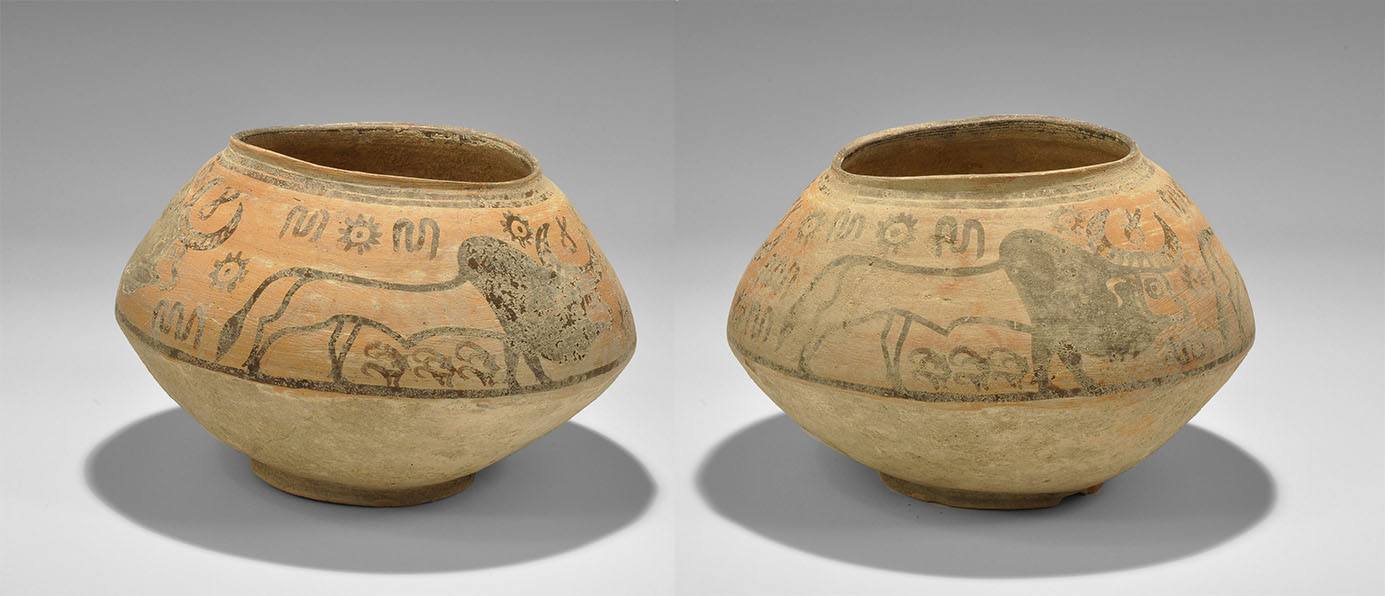
Testen Sie LotSearch und seine Premium-Features 7 Tage - ohne Kosten!
Lassen Sie sich automatisch über neue Objekte in kommenden Auktionen benachrichtigen.
Suchauftrag anlegen